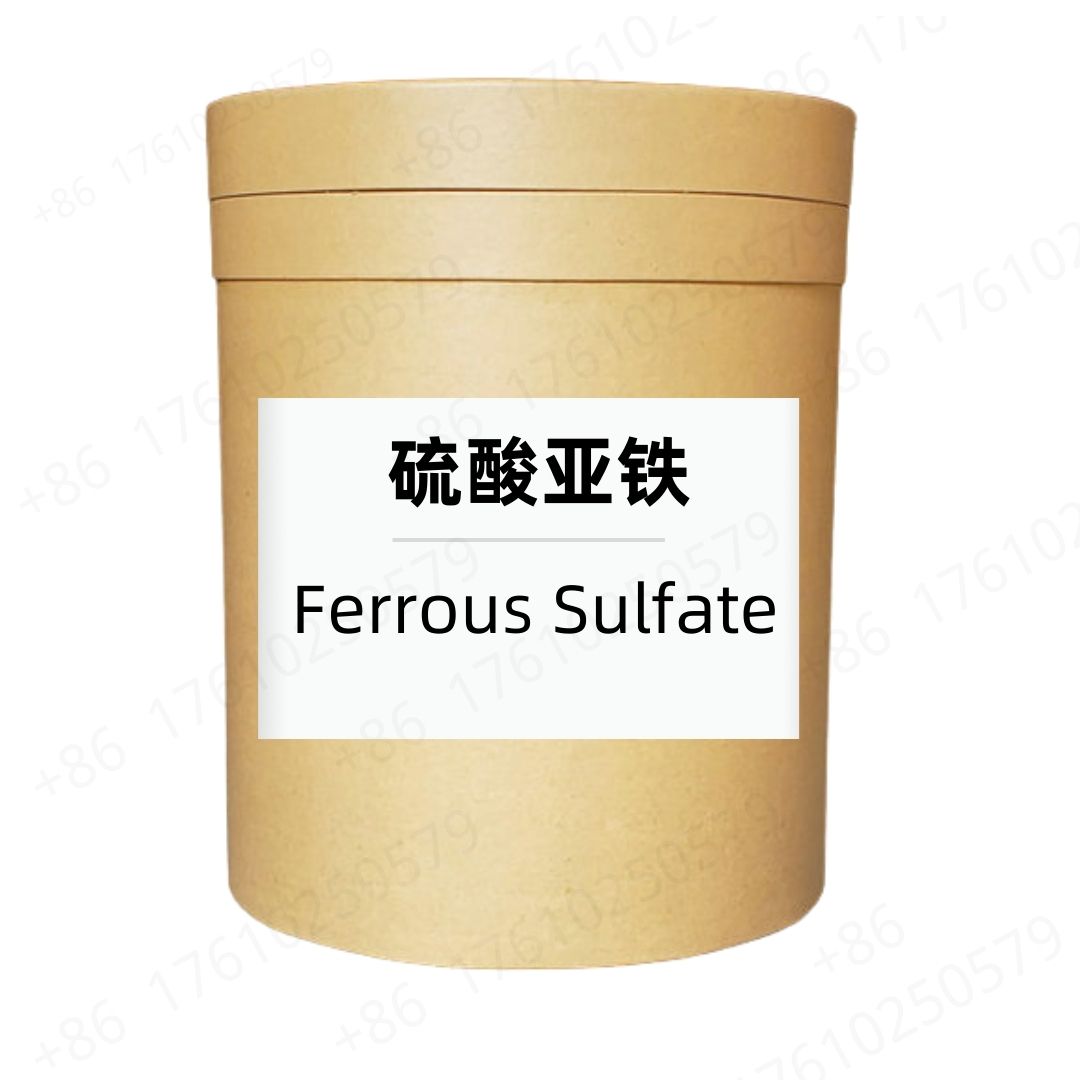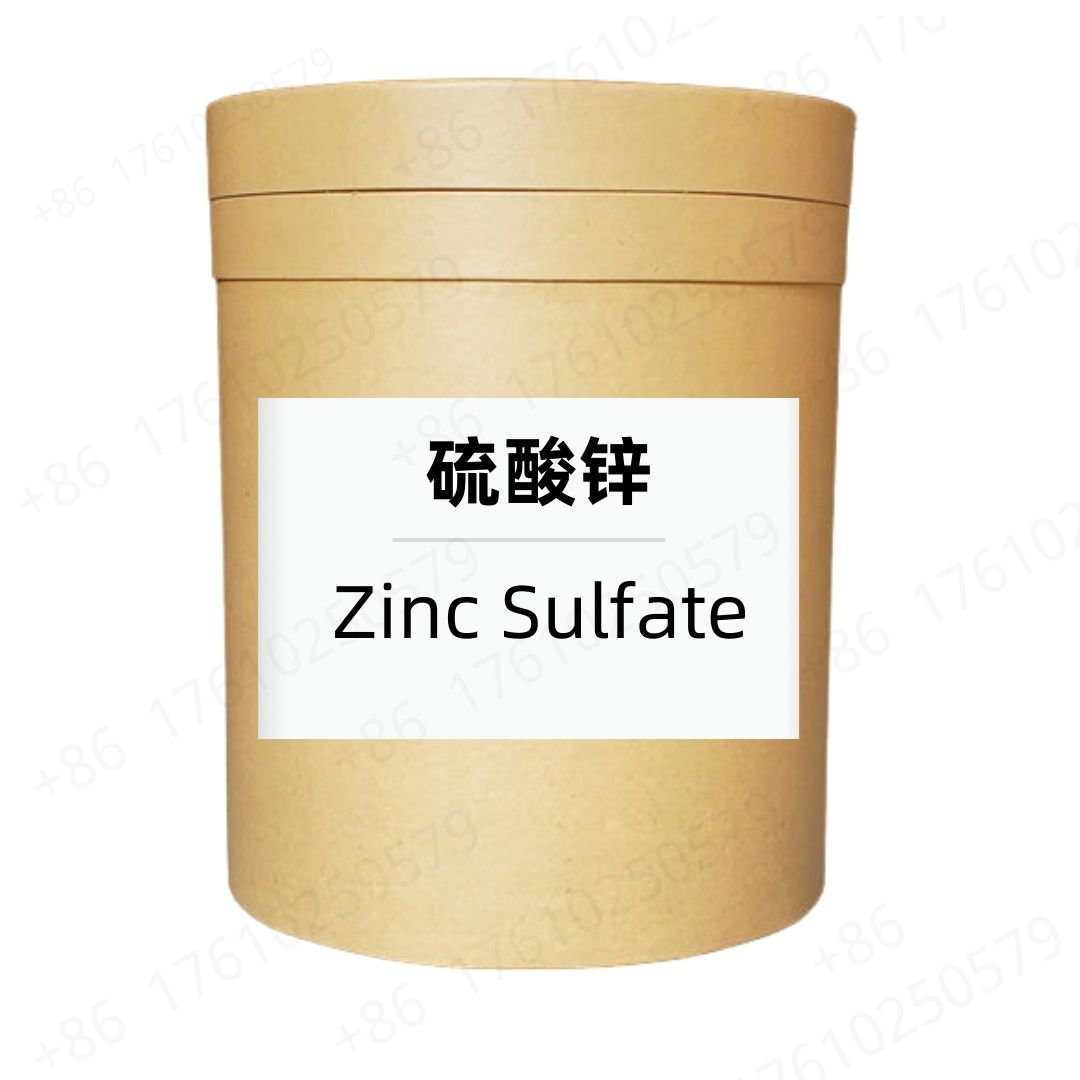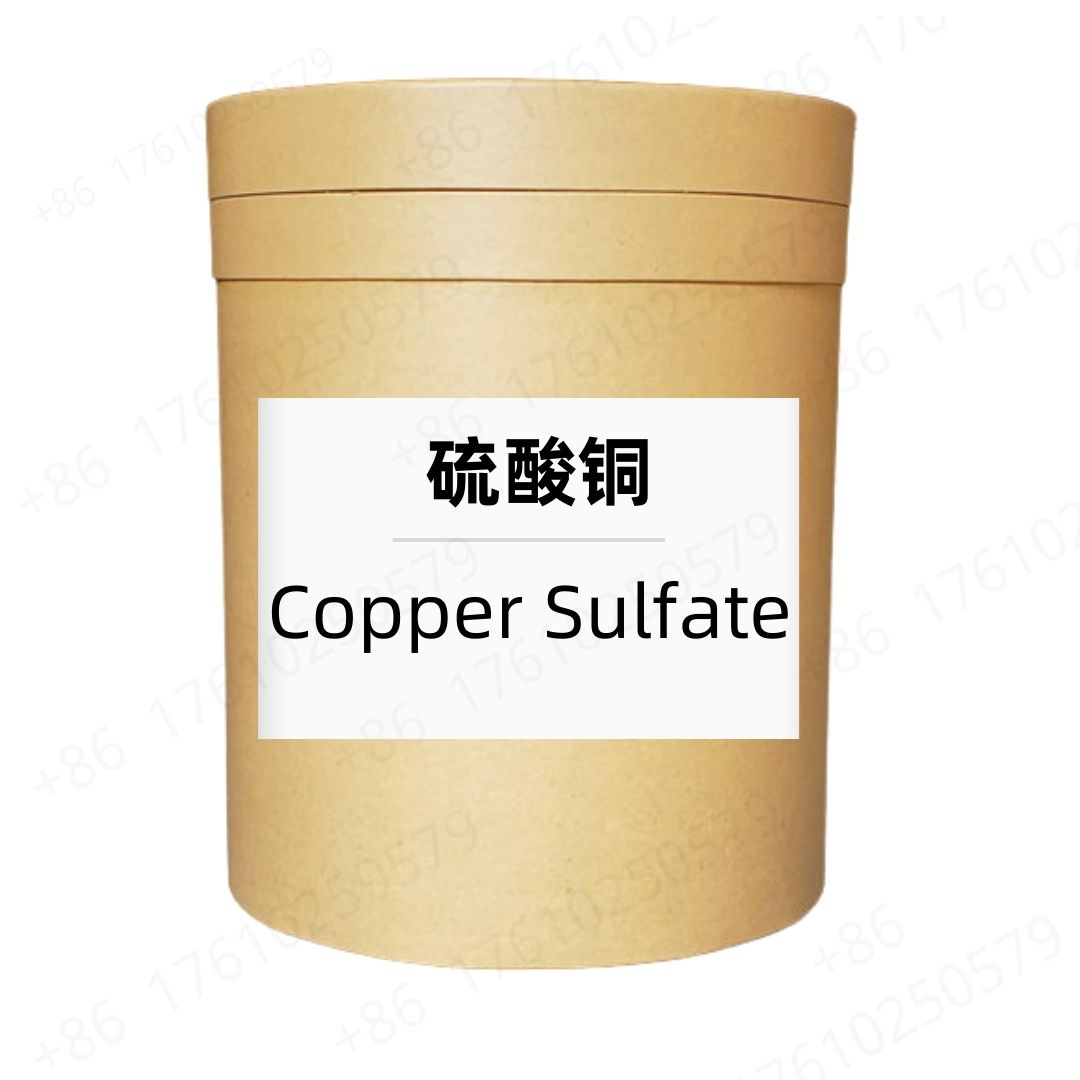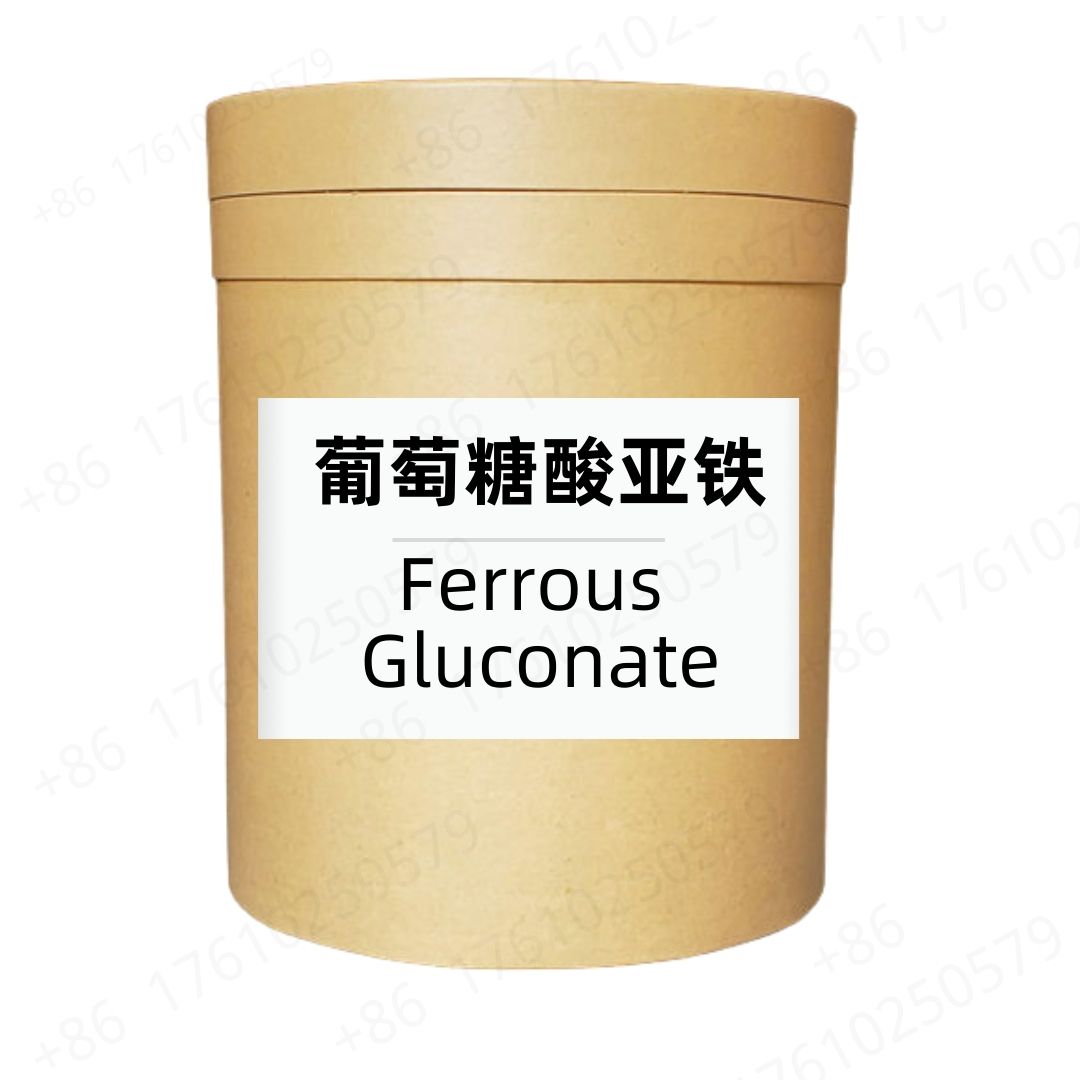Product Introduction
Calcium oxide, also known as quicklime, is a white to gray powder or granule that is widely utilized across various industries due to its chemical properties. It is produced through the thermal decomposition of limestone, a process known as calcination, which occurs at high temperatures. The resulting calcium oxide is highly reactive and can readily absorb moisture and carbon dioxide from the air, forming calcium hydroxide and calcium carbonate, respectively. Due to its diverse applications, understanding the properties and uses of calcium oxide is essential for its effective utilization in different settings.
Production Process
The production of calcium oxide starts with the mining of limestone, which is predominantly composed of calcium carbonate. This limestone is then heated in a kiln at temperatures exceeding 900°C. As the limestone is decomposed, carbon dioxide gas is released, and calcium oxide is formed. This process results in a highly reactive product that can be cooled and ground to the desired mesh size, ready for various applications.
Product Functions and Effects
Calcium oxide serves multiple functions depending on its application. In construction, it acts as a key ingredient in cement and plaster, enhancing strength and durability. In water treatment, it helps to neutralize acidic waters and precipitate impurities. In the food industry, it is used as a food additive and pH regulator. Its role in chemical processes is also significant, acting as a catalyst in several reactions.
Product Application Scenarios
Calcium oxide is applied in various scenarios such as in construction for the production of lime mortar and lime plaster. In environmental applications, it is utilized for treating wastewater and stabilizing soil. Additionally, in the food industry, it is often used in processing fruits and vegetables, and sometimes as a source of calcium in food supplements. Its versatility makes it an important compound across many industrial sectors.
Packaging and Storage
Storage Conditions: Store in a sealed, light-proof container, away from high temperatures, in a dry, cool, and well-ventilated place.
Packaging: Bulk: 25kg/fiber drum; Sample: 1kg/aluminum foil bag; Custom packaging available upon request.
Shipping Methods: FedEx, DHL, dedicated logistics, and sea freight consolidation.
Shelf Life: Two years
Monica Sun possesses extensive technical expertise and market insights in the food additives industry. She excels in designing efficient and safe additive formulations tailored to various food applications, ranging from sweeteners to functional dietary fibers. Monica has successfully assisted food manufacturers in optimizing ingredient combinations to enhance product quality and improve consumer satisfaction.















